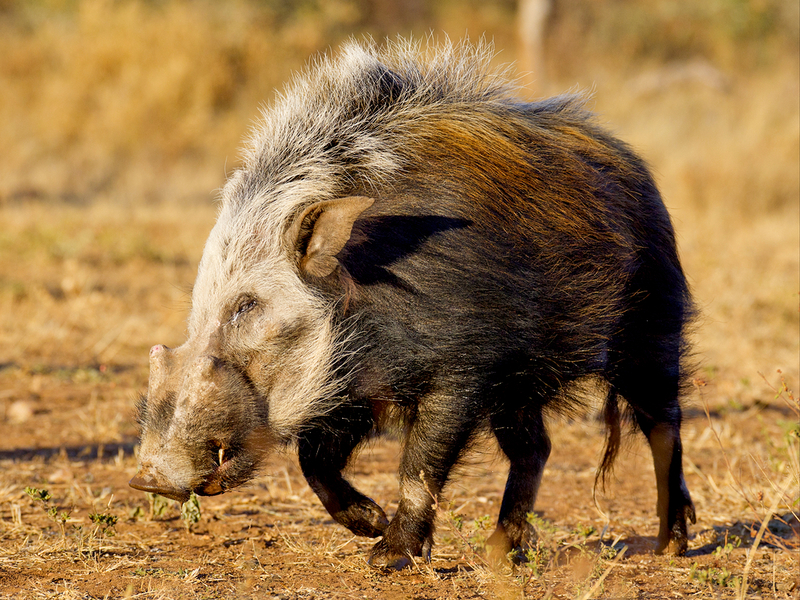- Home
- Attractions
- All Attractions
- ATTRACTIONS PROFILES
Shimba Hills National Reserve
This ecosystem is comprised of a heterogeneous habitat including forest lands, exotic plantations, scrublands, and grasslands. It hosts the highest density of African elephant in Kenya. Other notable attractions are forest birdlife, sable antelope, black and rufous elephant shrews, bushy tailed mongoose and other small mammals like fruit bats.
-
Birding Site
-
Lake or River
-
Lake or River
-
Swamp
Diani/Chale Marine National Park and Reserve
This marine park was established to safeguard its delicate coral reef, excellent coral gardens, and fish species. It incorporates a range of marine activities, including traditional dhow fishing trips, snorkeling, sailing, other non-motorised watersports, as well as glass-bottom boat viewing.
-
Beach
-
Coral Reef
-
Snorkeling
Tana River Primate Reserve
The reserve was established to protect the Tana riverine forest and the two endangered primates: mangabeys and the red colobus monkeys. The ecosystem is also a stronghold for birdlife with over 200 species recorded here. The predominant ecosystems of the reserve are riparian forests, dry woodlands, and savannah habitats.
-
Birding Site
-
Forest
-
National Reserve
Arabuko Sokoke Forest Reserve
Arabuko-Sokoke Forest Reserve is a 420 km2 coastal forest in Kenya managed by Kenya Forest Service (KFS). It is the largest and most intact coastal forest in East Africa, with 20% of Kenya's bird species, 30% butterfly species and at least 24 rare and endemic bird, mammal and butterfly species.
Attractions
Wildlife in Arabuko-Sokoke
Mammals:
The forest has 40 recorded mammal species including African Elephant, African Buffalo, African Civet, Caracal, Syke’s Monkeys, Yellow Baboons and Lesser Galago (or bushbaby). Some of Kenya’s rarest mammals are found here, including the Golden-rumped Elephant-shrew, Sokoke Bushy-tailed Mongoose and Ader’s Duiker.
Birds:
There are over 270 species of birds recorded in the forest including several rare and endemic species. The Clarke’s Weaver is only found in Arabuko-Sokoke and another area 30 kms further north of Arabuko-Sokoke in the whole world. Other globally threatened bird species found in Arabuko-Sokoke include: Amani Sunbird, East Coast Akalat, Sokoke Scops Owl, Sokoke Pipit, and the Spotted Ground Thrush. Other birds restricted to Kenyan coastal forests are found the most easily in Arabuko-Sokoke, making it a great place to visit.
Reptiles & amphibians:
The forest has 49 reptile and 25 amphibian species.
Plants in Arabuko-Sokoke
Arabuko-Sokoke forest is made up of three different forest types;
Cynometra-dominated forests and thickets:
These cover more than half of Arabuko-Sokoke Forest Reserve. Sightings of Caracal, Civet, Genet, Suni and other mammals are more common on tracks in this forest type. Sokoke Scops Owls are also found here.
Brachystegia-dominated woodlands:
Also known as Miombo woodlands, this forest type is airy and beautiful to walk through. Birds and butterflies are more visible here due to the open canopy.
Mixed Forests:
Dominated by species like Hymenaea verrucosa and Manilkara sansibarensis. The dense vegetation in this forest type creates a tropical atmosphere as one walks or drives through, the real feel of being “in the woods”. Animals commonly sighted here include the Golden-rumped Elephant Shrew, East Coast Akalat and Tiny Greenbuls.
Other areas of special interest in Arabuko-Sokoke forest
In addition to the animals and plants mentioned above, Arabuko-Sokoke forest has the following attractions:
- A network of well-marked walking trails.
- More than 30 kms of driving tracks traversing the different forest types.
- Beautiful seasonal pools hidden amongst the Miombo woodlands teeming with birds and amphibians.
- Two tree platforms for a birds-eye-view of the forest.
- Nyari viewpoint, an elevated area of the forest with a panoramic view of the forest canopy, looking out the coast beyond.
- Mida Creek, a beautiful tidal inlet with six species of mangrove trees is less than 1 km from the entrance to Arabuko-Sokoke Forest. The Creek is a major wintering site for migrant birds including Crab-plover, Greater Flamingos, Terek Sandpipers and Sandplovers. Mida Creek Boardwalk and Bird Hide is located here, a facility that generates income for forest conservation and education of local children.
Activities available
In Arabuko-Sokoke, one can undertake the following activities:
• Forest walks
• Forest drives
• Bird watching
• Butterfly watching
• Camping
• Cycling
• picnicking
• Running
Getting there & getting around
The forest lies along the tarmac Mombasa – Malindi highway, approximately 100 km from Mombasa town and 18 km from Malindi. The entry is clearly signposted and visitor services are available at the offices of KFS’s Malindi Forest Zone located there. Regular buses and flights are available from Nairobi to Mombasa or Malindi. One can also use public service vehicles or taxis from Mombasa, Malindi or Watamu.
Kenya Forest Service (KFS) charges an entry fee at the point of entry to promote forest conservation. Call the numbers given at the end of this page for the current fees.
The forest has a network of driving tracks and walking trails. Many sections of the forest are accessible by saloon cars but for best access to all tracks, a 4WD is recommended. Driving is the easiest way to see transitions between the different forest types but one learns more about the forest by walking.
Trained guides are available to help one explore the forest. The guides are members of Arabuko-Sokoke Forest Guides Association (ASFGA) and charge as per the time spent and service rendered. Enquire about these services at the point of entry.
Visiting hours
Entry tickets can be purchased at the point of entry between 6:00 am and 6:00 pm. Those keen to have a particularly early start can purchase tickets the evening before. The best times to visit are early morning or late afternoon as most wildlife will hide from the midday heat. The best time to watch birds is from dawn to around 9:00 am.
What to wear and carry
Wear comfortable walking shoes or trainers and loose-fitting lightweight clothing. A hat, sunglasses and sunscreen may also come in handy. It is also important to carry drinking water, binoculars, camera and wildlife books especially for birds and butterflies in addition to picnic and camping equipment in case one intends to stay overnight.
Climate
There are two wet seasons: April-June (long rains) and November-December (short rains). The other months will be usually hot and dry. Annual rainfall ranges from 1,000 mm in the east to 600 mm in the northwest.
Important things to remember when visiting Arabuko-Sokoke forest
• Enjoy yourself; in addition to seeing, pause and listen regularly.
• Stop to allow wildlife to move off the tracks before you pass.
• Do not feed wild animals.
• Do not start fires in the forest.
• Do not take away animals, animal products, plants or plant parts.
• Do not mark or deface tree stems, stones and other features.
• Avoid noise as it disturbs both wildlife and other visitors. Do not exceed 40kph when driving in the forest.
• Be careful as animals here are wild and can be dangerous.
• Take all the litter that you brought away with you.
• Keep to the designated tracks and paths when walking and always be sure of where you are headed to or coming from as orientation in forests can be difficult.
-
Birding Site
-
Forest
-
National Reserve
Mombasa Marine National Park and Reserve
“Allure of natural beauty”
Warm azure ocean, swaying coconut palms on white sandy beaches are to be found in the Mombasa Marine National Park and Reserve. The park lies between the Mtwapa and Tudor Creeks and its blue waters are ideal for wind surfing, water skiing, snorkelling and diving. They also provide a home to a colourful variety of marine species including crabs, starfish, stone fish, cucumbers sea urchins, corals, turtles, sea grasses and interesting migratory birds including crab plovers.
How to get there
Sited in the city of Mombasa about 487 km from Nairobi, the park can be reached by road from Mombasa city centre, and then connected by boat from the various points along the beach which include: Serena Gate on beach of Serena Hotel, Severin Gate on beach of Severin Hotel, Travellers Gate on beach of Travellers Hotel, Nyali Gate at Mombasa Marine Park Headquarters and Voyager Gate at Voyager water sport Area
Attractions
- Vegetation
- Sea grasses and marine algae
- Marine life
- Crabs, corals, sea urchins, jellyfish, sea stars, and sea cucumbers.
- Different varieties of coral species comprise of Acropora), Turbinaria and Porites.
- Birds
- There are many seabirds in large nesting colonies and internationally significant numbers of crab plover and roseate tern.
Park Entry Fee
|
Mombasa Marine National Park & Reserve |
Citizen |
Resident |
Non - Resident |
|||
|
Adults KSH |
Child KSH |
Adults KSH |
Child KSH |
Adults USD |
Child USD |
|
|
130 |
125 |
300 |
170 |
17 |
13 |
|
-
Beach
-
Coral Reef
-
Snorkeling
Tsavo East National Park
“Theatre of the Wild”
The sight of dust-red elephant wallowing, rolling and spraying each other with the midnight blue waters of palm-shaded Galana River is one of the most evocative images in Africa. This, along with the 300 kilomtere long Yatta Plateau, the longest lava flow in the world, make for an adventure unlike any other in the Tsavo East. The park forms the largest protected area in Kenya and is home to most of the larger mammals, vast herds of dust –red elephant, Rhino, buffalo, lion, leopard, pods of hippo, crocodile, waterbucks, lesser Kudu, gerenuk and the prolific bird life features 500 recorded species.
Key features
Wildlife
The Park is home to most of the larger mammals, vast herds of dust –red elephant, Rhino, buffalo, lion, leopard, pods of hippo,crocodile, waterbucks, Lesser Kudu, Gerenuk and Hirola
Birds
The prolific bird life features 500 recorded species.
How to get there
- Roads: the park Mtito Andei Gates is 233 km South of Nairobi and 250 km North of Mombasa on the main Nairobi- Mombasa Road. Distance Nairobi-Mtito Andei: 233 km - Mtito Andei-Voi: 96 km - Voi-Mombasa: 153 km. From Malindi, take the western road (C103) and enter in the park via Sala gate.
- Airstrips: Voi, Aruba, Satao, Sala, Ithumba, Sangayaya, Mopeo, Bachuma, Cottars,
Park Entry Fee
|
Tsavo East National Park |
Citizen |
Resident |
Non-Resident |
|||
|
Adults KSH |
Child KSH |
Adults KSH |
Child KSH |
Adults USD |
Child USD |
|
|
515 |
215 |
1,030 |
515 |
52 |
35 |
|
-
National Park
Buffalo Springs National Reserve
This reserve was named after an oasis of clear water at its western end. It is the natural home to five rare species known as the five northern species which are endemic to this area: Grevys Zebra, Somali ostrich, Reticulated Giraffe, Gerenuk and the Beisa oryx.
-
Game Reserve
Shaba National Reserve
Together with the adjacent Samburu, Shaba forms a very popular tourist destination. Ewaso Nyiro river runs 34 kilometres along the northern boundary of the reserve making it share the rich nature offered by Buffalo Springs. Main attractions include Grevys zebra, Reticulated giraffe, Beisa oryx, Somali ostrich and the gerenuk.
-
Game Reserve
Amboseli National Park
“The Kilimanjaro Royal Court”
Crowned by Mount Kilimanjaro, Africa's highest peak, the Amboseli National Parks is one of Kenya's most popular parks. The name "Amboseli" comes from a Maasai word meaning "salty dust", and it is one of the best places in Africa to view large herds of elephants up close. Nature lovers can explore five different habitats here ranging from the dried-up bed of Lake Amboseli, wetlands with sulphur springs, the savannah and woodlands. They can also visit the local Maasai community who live around the park and experience their authentic culture.
Key features
Wildlife
- Leopard, Cheetah, Wild dogs, Buffalo, Elephant, Giraffe, Zebra, Lion, Crocodile, Mongoose, Hyrax, Dik- dik, Lesser Kudu, and Nocturnal Porcupine
- Prolific birdlife features 600 species
How to get there
- By Road: The main road into the park is from Nairobi via Namanga (240 km) on the Nairobi - Arusha Road, through Meshanani Gate. The other road is from Nairobi via Emali (228 km) on the Nairobi - Mombasa Road. Access from Mombasa is mainly through Tsavo West National Park via Kimana (Olkelunyiet) Gate.
- By Air: Airstrips: The park has a single airstrip for light aircrafts at Empusel gate. Other airstrips exist at Kilimanjaro Buffalo Lodge and Namanga town
Attractions
- Large Herds of Elephants
- Mt. Kilimanjaro
- Big Five
- Observation Hill which allows an overall view of the whole park especially the swamps and elephants,
- Swamp below observation hill hosts many elephants, buffaloes, hippos and a variety of water fowls like pelican, Egyptian goose
- Contemporary Maasai culture and indigenous lifestyle.
Park Entry Fee
|
Amboseli National Park |
Citizen |
Resident |
Non-Resident |
|||
|
Adults KSH |
Child KSH |
Adults KSH |
Child KSH |
Adults USD |
Child USD |
|
|
860 |
215 |
1,030 |
515 |
60 |
35 |
|
-
Community Tourism
-
National Park
South Kitui National Reserve
This is an area of thickets, grasslands and acacia savannah. It is well known for multiple species of notable animal that relocate between the Tsavo National Park and the South Kitui National reserve. These include the Lion, leopard, elephant, giraffe and lesser kudu.
-
National Reserve
Mwingi National Reserve
"The Last Frontier"
Hot, dry, remote and unspoiled, this reserve is a designated a Wilderness Activity Zone and allows for fly camping, fishing, camel and horseback safaris for the intrepid visitor. Other attractions include the Adamson’s Falls, fishing and boating on Tana River and visiting Kampi ya Simba – former home of Joy and George Adamson and the grave of Elsa the lioness.
Key features
Wildlife
Due to the fact that Mwingi national reserve is bordered by other reserves it is frequently visited by different animals from the neighboring parks. Animals that are found in Mwingi national reserve Caracal, elephant, hippo, leopard, lion and several antelope species among others.
How to get there
Roads: The reserve can be accessed via Thika to Mwingi then north-east through Kyuso village, or from Meru National Park through Adamson’s Bridge via Kora National Park. There are also efforts by Kitui County Government to increase the accessibility to Mwingi national reserve.
-
Game Reserve
Chyulu Hills National Park
"The Volcano Hills"
Verdant rolling hills of endless green, great blue skies and spectacular landscape views are what the Chyulu Hills provide to nature lovers. Large mammals include buffalo, bushbucks, elands, elephants, leopards, giant forest hogs, bush pigs, reedbucks and giraffes along with various reptiles and insects. Horse riding, camping, mountain climbing and bird watching can be enjoyed in this hidden part of paradise.
How to get there
- Roads: By road from Kibwezi: turn right off the Mombasa Road (coming from Nairobi) at Kibwezi, onto a sign posted road that leads after 9 Kms to Kithasyo Gate and Park HQ. By road from Tsavo West: It is possible to enter the park from Tsavo West
- By Air: The Park has two airstrips
Attractions
- Breathtaking views from the chyllu Hills,cave exploration,one camp site next to park headquaters
- Reptiles:Black Mamba, Puff Adder, Rock Python, Gecko, Tortoise, Lizard
- Insects/arthropods:Dung Beetles, Butterflies, Tsetse fly
- Common Animals: Buffalo; Bushbuck; Eland; Elephant, Leopard; giant forest hog ,bush Pig; reedbuck, mountain; Steinbok; giraffe
Park Entry Fee
|
Chyulu Hills National Park |
Citizen |
Resident |
Non - Resident |
|||
|
Adults KSH |
Child KSH |
Adults KSH |
Child KSH |
Adults USD |
Child USD |
|
|
350 |
250 |
600 |
350 |
25 |
15 |
|
-
Forest
-
National Park
-
Volcano
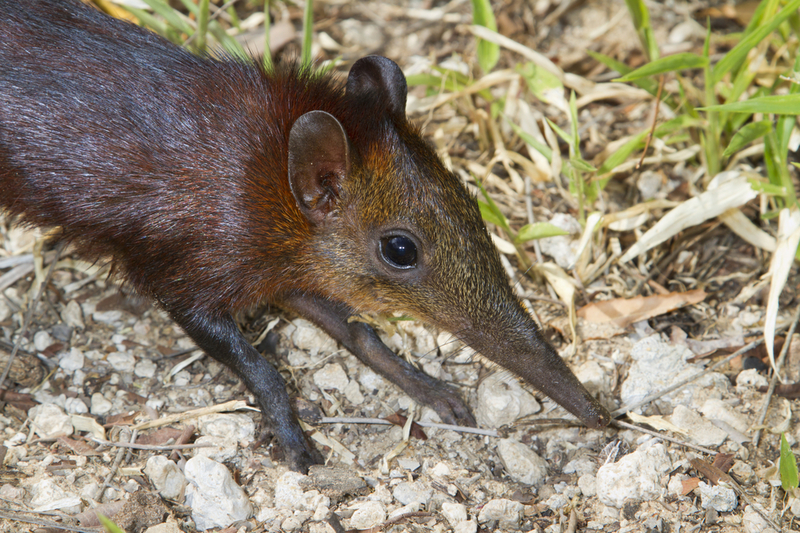
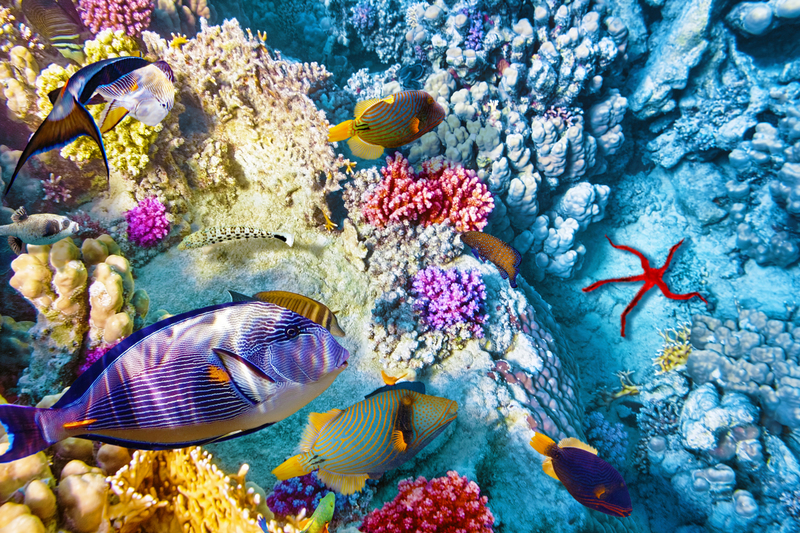

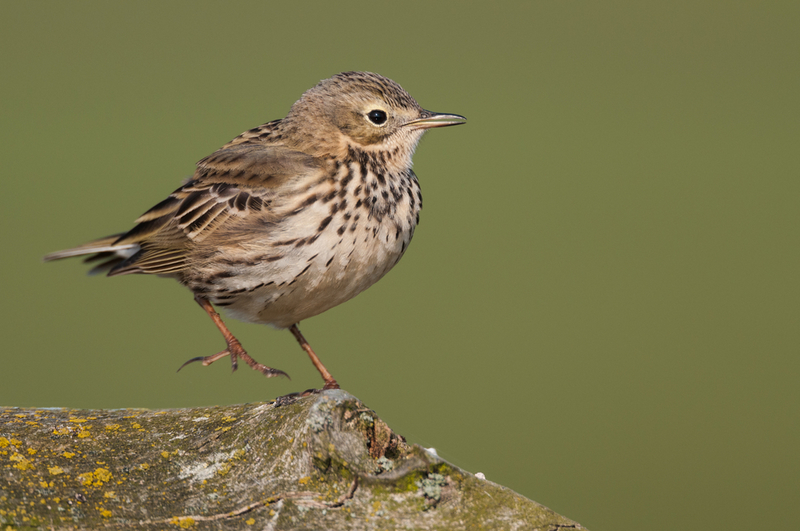
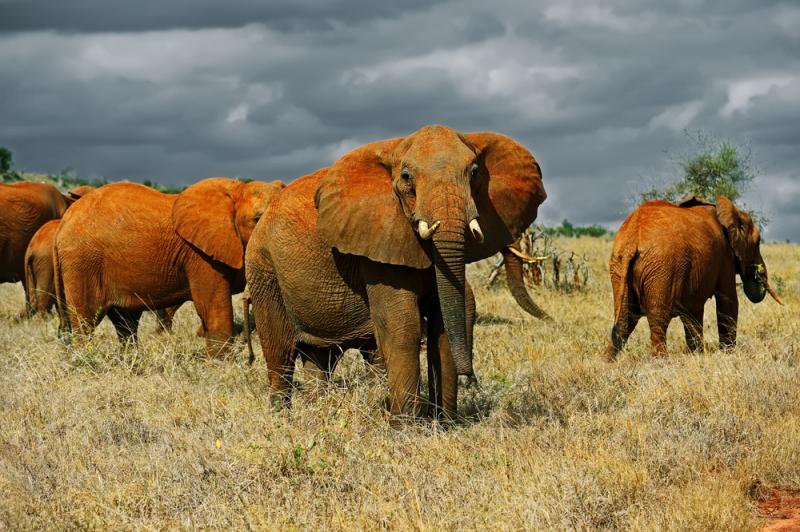
.jpg)
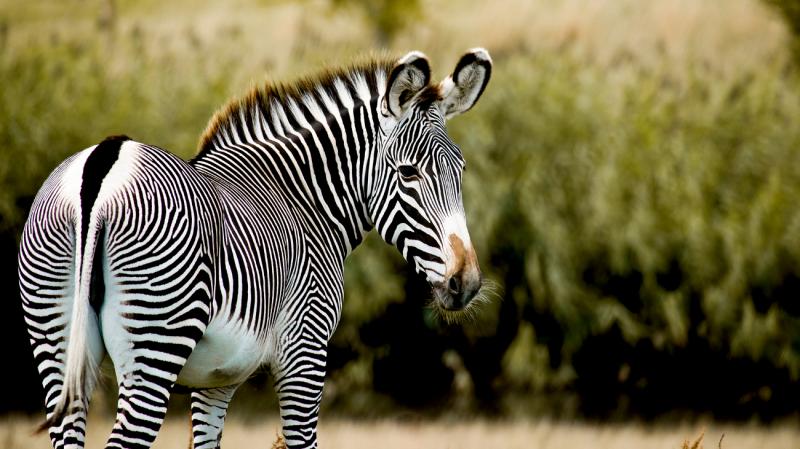
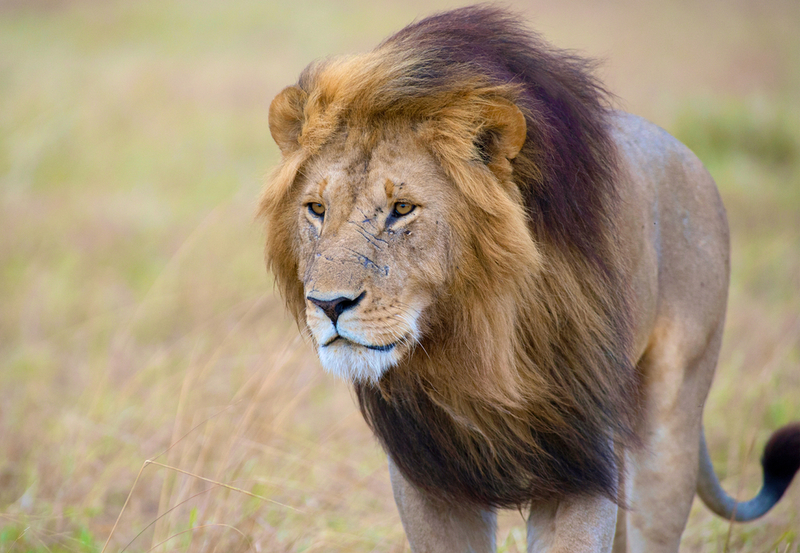
.jpg)

